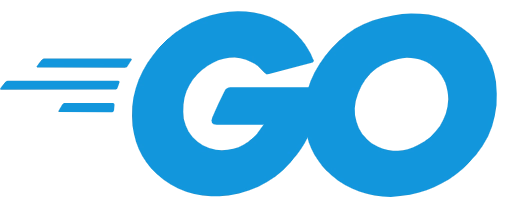Golang is a powerful programming language that was developed at Google and has gained popularity among developers for its simplicity and efficiency. It is particularly well-suited for web development, and in this article, we will explore how to translate HTML content using Golang.
HTML Translation with Golang
Translating HTML content can be a complex task, as it requires parsing the HTML structure and handling different types of tags and attributes. Fortunately, Golang provides a number of packages and libraries that make this process easier.
1. Parsing HTML
The first step in translating HTML content is to parse the HTML structure into a data structure that can be manipulated by Golang. The "html" package in Golang provides a set of functions that can be used to parse HTML content and convert it into a structured form.
For example, the "NewTokenizer" function can be used to create a tokenizer that tokenizes the HTML content, and the "Parse" function can be used to parse the tokenized content into a tree-like structure called a "Node". This Node structure represents the HTML tags and their attributes, making it easier to manipulate and translate the content.
2. Translating Tags and Attributes
Once the HTML content has been parsed into a Node structure, the next step is to translate the tags and attributes into the desired language. Golang provides powerful string manipulation functions that can be used to replace or modify the content as needed.
For example, you can use the "strings.Replace" function to replace specific tags or attributes with their translated counterparts. You can also use regular expressions to match and modify specific patterns in the content. Golang's regular expression package, "regexp", provides a rich set of functions for working with regular expressions.
3. Handling Special Cases
There are often special cases that need to be considered when translating HTML content. For example, some tags or attributes may require different translations depending on the context or the target language. In such cases, you can use conditional statements or switch cases to handle these special cases.
Golang's powerful control flow constructs, such as if-else statements and switch cases, make it easy to handle these special cases. You can use logical operators to check for specific conditions and perform the appropriate translations or modifications.
In conclusion, Golang provides a robust set of tools and packages for translating HTML content. By leveraging the built-in functions and libraries, developers can parse, translate, and modify HTML content efficiently. Whether you are building a web application or a translation tool, Golang is a great choice for handling HTML content translation.
